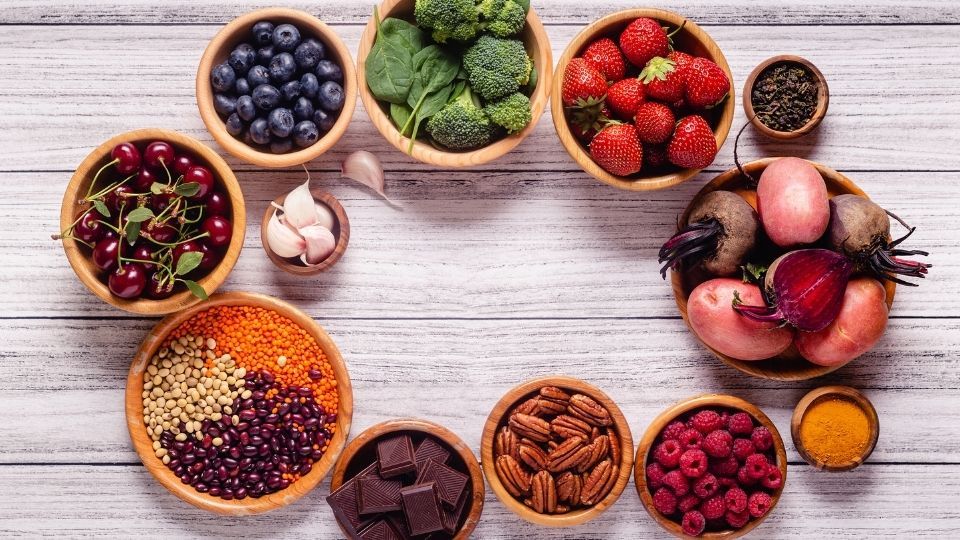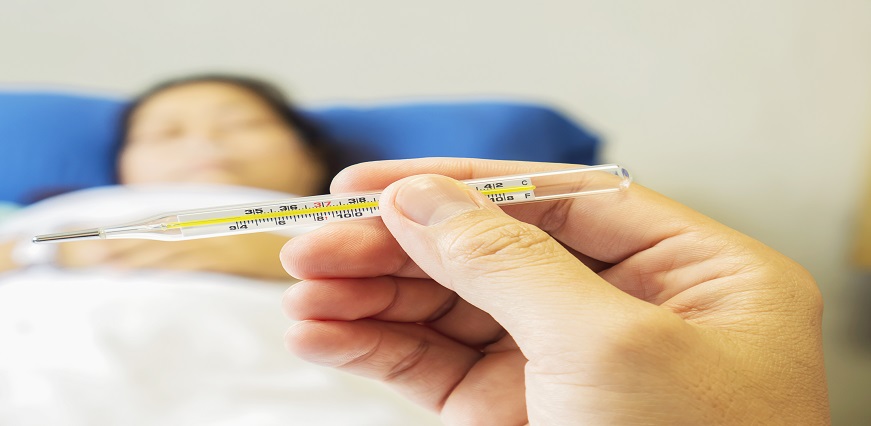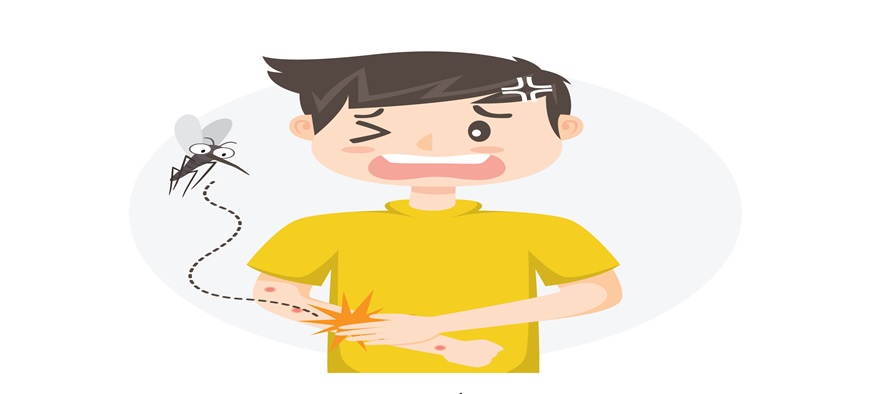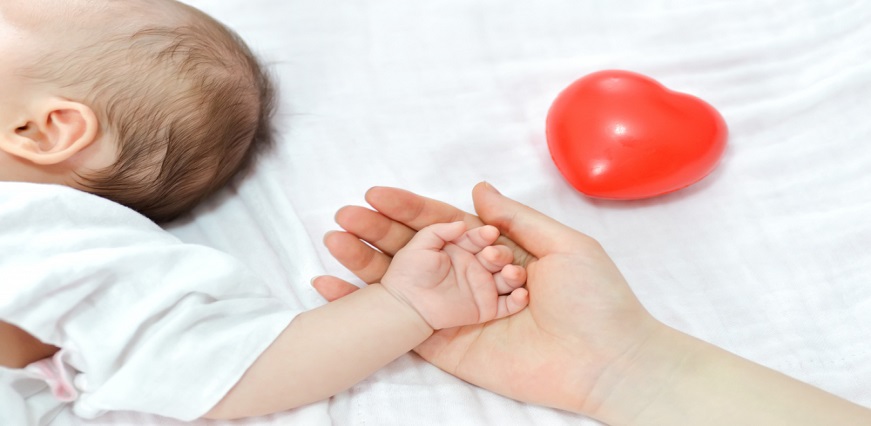Typhoid fever is relatively rare in developed countries but quite common in developing countries. It can become a problem because typhoid can cause serious health issues. Typhoid is caused by bacteria named Salmonella Typhi, which is extremely dangerous to the human body. Typhoid fever causes a variety of symptoms, including headaches, fever, fatigue, and body aches.
This disease is mainly caused by consuming bacteria-contaminated water or food. Salmonella Typhi bacteria can survive in both sewage and water for weeks. Dietary changes are not the best treatment for typhoid fever, but they surely can help to reduce symptoms.
Importance of Typhoid Diet
Typhoid patients often have gastrointestinal problems, and the main goal of the typhoid diet is to relieve digestive distress. It includes certain foods to provide your body with enough energy while avoiding others that are hard to digest. Many typhoid patients eat bland foods or whatever is available on the table. However, if a patient focuses on the foods such as what they should consume and avoid, their treatment will be effective and recovery will be quicker, and thus diet is extremely important in typhoid fever.
Let’s get an idea of what to include and exclude in a diet for typhoid fever.
Foods to Eat During Typhoid Fever
- Yoghurt
Yoghurt contains bifidobacteria, which help typhoid patients with bloating and irregular bowel movements. If an individual has typhoid, eating yoghurt can help them relieve some of the symptoms, such as loose motions. Yoghurt is among the best probiotic foods that can be included in a diet for typhoid fever.
- Grapes and Watermelon
Easily digestible foods like watermelon and grapes are quite beneficial for the typhoid patient. Watermelons and grapes have a high amount of water and are easily digestible. The high water content of these fruits aids in restoring the body's water content, which may have been disturbed after dehydration in typhoid patients. Watermelon and grapes contain nutrients, such as Vitamin C, A, and B6, which help in reducing the temperature of typhoid fever. As a result, typhoid patients should include these fruits in their diet.
- Plenty of Fluids
A typhoid patient should drink plenty of liquids at home. If an individual has this illness, they should drink plenty of fluids such as coconut water, herbal tea, lime juice, and buttermilk. As patients don't have much of an appetite, they should drink more liquids to get energy and nutrients.
- White Rice
It is high in carbohydrates and helps with digestion. It compensates for the energy lost throughout typhoid and speeds up the recovery process.
Foods to Avoid During Typhoid Fever
- Spicy Foods
Spicy foods are a no-no during typhoid fever. Hot peppers, paprika, jalapenos, cayenne pepper, chilli, and other spicy foods should be avoided because they cause irritation in the digestive system and increase inflammation.
- Fibre-Rich Foods
Avoid all high-fibre foods because they are hard to digest and put a strain on your digestive system. Patients with typhoid have an upset stomach, which worse by eating fibre-rich foods. Raw fruits and vegetables, barley, oats, seeds, nuts, whole grains, and legumes should all be avoided.
- Oily and Processed Foods
During typhoid, avoid all fried and oily foods. These foods are hard to digest and put a lot of pressure on your digestive tract. Discard chips, pakoras, and other processed foods from your diet.
- Certain vegetables
Certain vegetables, such as cauliflower, broccoli, cabbage, and asparagus, cause stomach bloating and gas. It puts pressure on your stomach and has an impact on your overall health.
Helpful Tips
Apart from these food items to eat and avoid, the following tips are recommended to manage typhoid fever effectively:
- Butter and ghee are difficult to digest so it's better to consume a very less quantity of them.
- Consume 4-5 small and frequent meals rather than 2-3 large meals.
- Patients with typhoid fever can consume soups that are high in nutrients, such as vegetables, spinach, carrot, and mushroom.
- To reduce inflammation, avoid foods containing onion and garlic.
- Adding honey to your diet can help meet your body's sugar requirements during typhoid. When consumed with warm water, its antimicrobial properties assist digestion.
Typhoid is a serious disease that causes major nutritional loss. Patients must take prescribed medications and maintain healthy eating habits in order to recover quickly. In addition to eating properly prepared foods, it is critical to drink enough fluids to compensate for water loss.
Tests for Typhoid Fever Detection













 7982100200
7982100200
























 To reach our help desk call 9213188888
To reach our help desk call 9213188888.png)
Comments